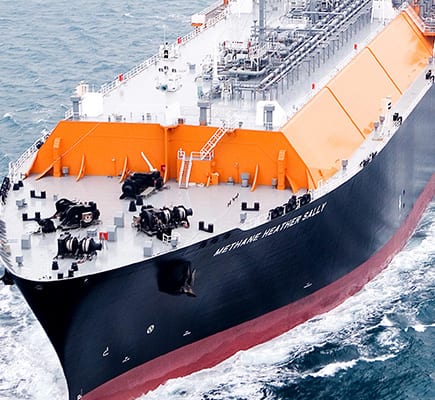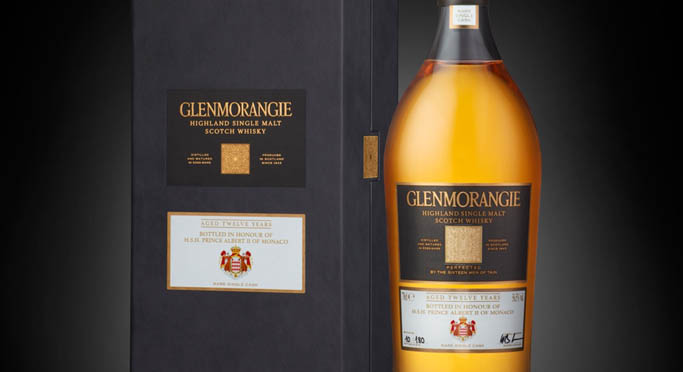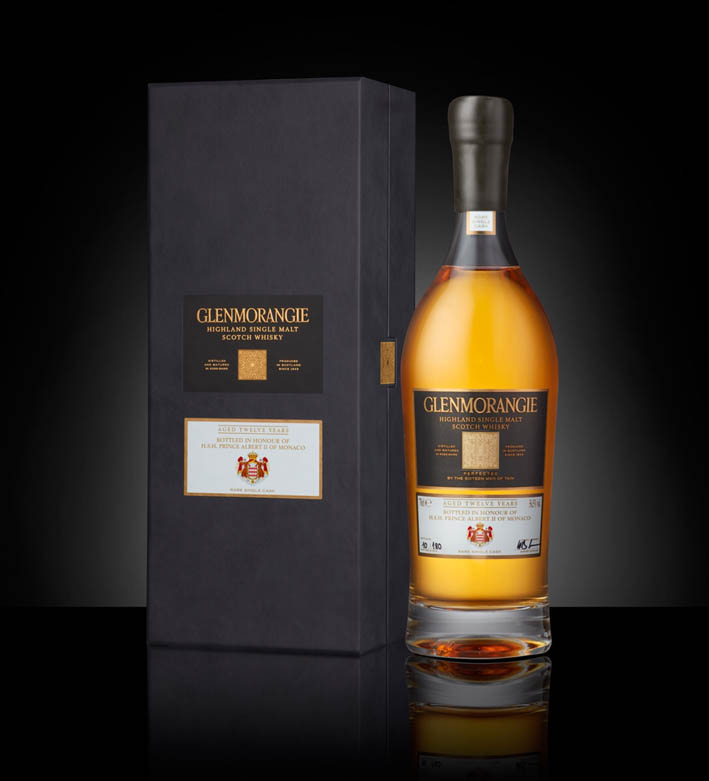
A wholly-owned subsidiary of GasLog has entered into a sale and purchase agreement to acquire a twenty percent shareholding in Gastrade S.A., which is licensed to develop an independent natural gas system offshore Alexandroupolis, in Northern Greece, utilising a floating storage and regasification unit along with other fixed infrastructure.
Gastrade is a private limited company, incorporated in Greece, and wholly owned by Asimina-Eleni Copelouzou, that has been involved in the development of this FSRU project over a number of years. GasLog, as well as being a shareholder, will provide operations and maintenance services for the FSRU through an operating and maintenance agreement.
Gastrade is currently in discussions with a number of additional potential investors, including DEPA, the Greek state-owned gas company, and Bulgarian Energy Holding, the holding company of the Bulgarian Ministry of Energy, and major gas suppliers. Other large-scale international companies have expressed an intention to participate in the ownership and development of the terminal. A number of companies have also communicated an interest in supplying liquefied natural gas (LNG) to the project.
This FSRU project would provide a new route and a vital source of gas diversification to a number of European countries that are currently highly dependent on pipeline gas in South East and Central Europe. As well as enhancing security of supply in the region, it will promote competition and pricing flexibility.
The project has the backing of the Greek and the Bulgarian governments, as well as the support of the EU. It has been assigned the status of an EU Project of Common Interest, that is further designated as a priority EU energy infrastructure project. The front-end engineering and design study is expected to be partly-funded by a grant from the EU, and is due to start in early 2017.
Gastrade targets to take final investment decision by the end of 2017 with the FSRU scheduled to be operational by end of 2019.
Paul Wogan, Chief Executive Officer of GasLog Ltd., said: “I am delighted that GasLog has been invited to join Gastrade. This is a strategically important energy import project for the region. The FSRU will be used as a gateway for LNG imports into Southern Europe, where there is a growing demand and a need to diversify existing gas supply.”
Konstantinos Spyropoulos, Chairman and Managing Director of Gastrade, also added, “We are very pleased to have GasLog involved in the project. Their long, successful track record in the maritime and in particular in the LNG sector, coupled with their leading innovation initiatives, make them an excellent partner to take the project forward. We look forward to working with GasLog to bring this project to commercial operation.”
GasLog is an international owner, operator and manager of LNG carriers. GasLog’s fully-owned fleet includes 18 LNG carriers, including 13 ships in operation and five LNG carriers on order, and has four LNG carriers operating under its technical management for third parties. GasLog Partners LP, a master limited partnership formed by GasLog, owns a further nine LNG carriers. GasLog’s principal executive offices are at Gildo Pastor Center in Monaco.



